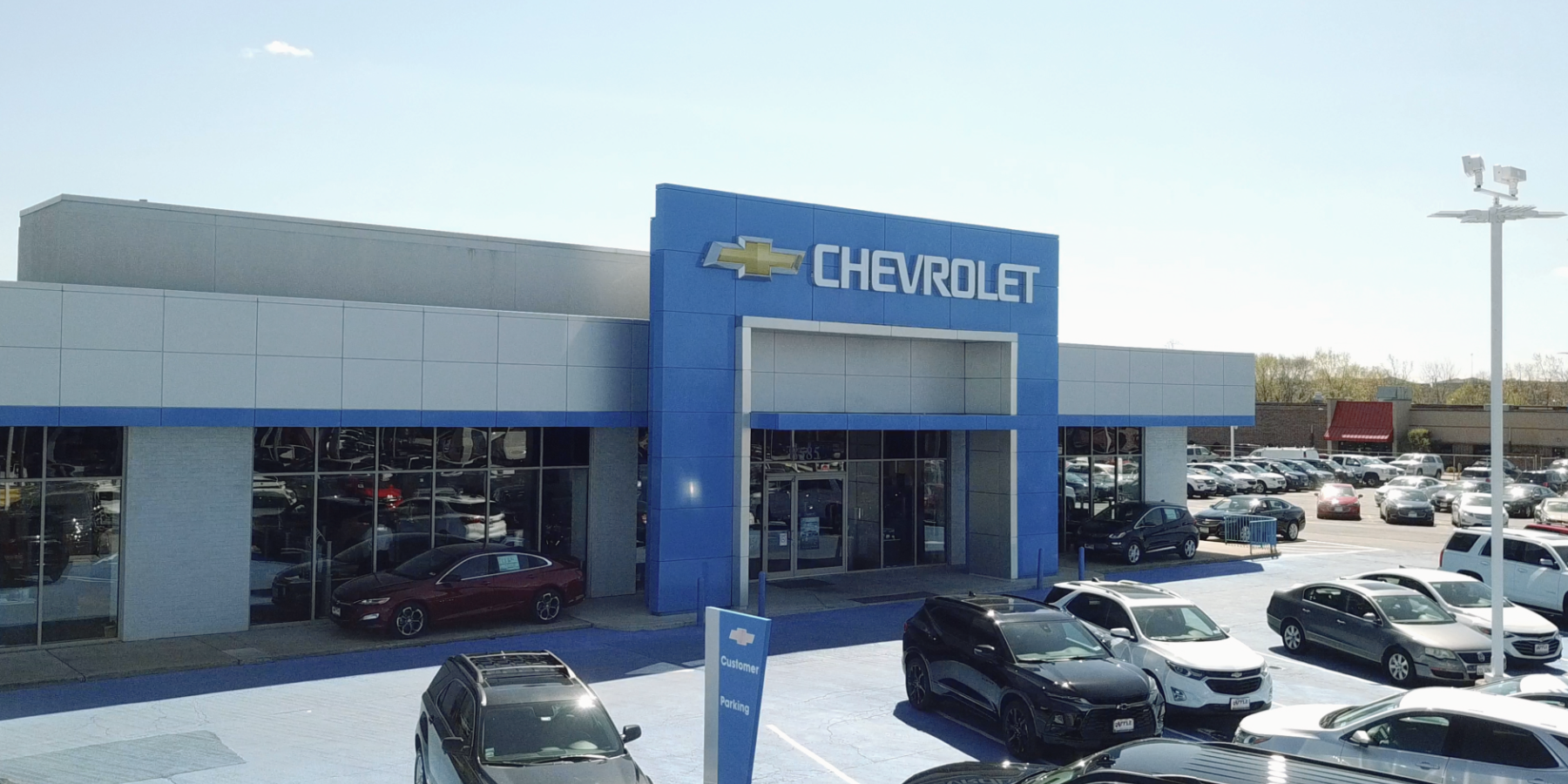Volt Advertising Likely to Go After Nissan’s Leaf
Advertising Age
By Rich Thomaselli
Published: July 30, 2010
Electric Car Marketing to Target Anxiety’s About Electric Cars

GM to push "Peace of Mind"
NEW YORK (AdAge.com) — You can plug in and charge the new Chevy Volt from General Motors Co.
You can plug in and charge the new Leaf from Nissan Motor Co.
But the similarities end there, and consumers can expect the advertising to play up the differences. GM, for example, will likely attempt to convey a sense of angst and fear about whether or not you can make it to your destination while driving a purely electric vehicle such as the Leaf, which has no back-up gas generator.
At least, that’s the hint from GM’s VP-marketing Joel Ewanick, who, in his first meeting with reporters since taking over in May, all but dissed the Leaf when he said that consumers were looking for “a real car.”
“If you’re going to go after a mass audience, you have to give them that kind of peace of mind and let them know they’re not going to be stranded,” Mr. Ewanick said in a conference call on Wednesday, when GM announced it is now taking orders for the Volt. Nissan began taking orders for the Leaf in May. Both automakers are expected to roll out their respective models later this year.
“There’s something we call ‘range anxiety,’ and it’s real,” Mr. Ewanick said. “That’s something we need to be very aware of when we market this car. We’re going to position this as a car first and electric second. … In talking to thousands of people, they’re looking for a real car. People do not want to be stranded on the way home from work.”
The Volt is a plug-in that can go about 40 miles exclusively on battery power. After 40 miles, the gas generator takes over and provides about 300 more miles before the battery must be recharged. The Leaf is a plug-in that is solely electric and runs on its battery, and can go 70 to 100 miles before needing a charge. Unlike the Volt, the Leaf does not take gasoline.
It’s that major difference that separates the two vehicles, which will likely have two distinct sets of car-buyers.
“The Leaf is going to have to be a second car or a car for someone who rarely leaves the city. The Volt can be your only car,” said Bryan Laviollete, a longtime automotive journalist and writer for The Detroit Bureau, an automotive website. “What you’ll see with the Leaf is that it’s really for two-car families, where maybe Mom drives a minivan and the husband is looking for a commuter car, where he goes 40-50 miles a day, and he can drive it to work and drive it home and it doesn’t need an ounce of gas. But if they’re heading to the lake for the weekend, they’re taking Mom’s minivan.”
Nissan, through spots from TBWA/Chiat/Day, has already been pushing its completely green, eco-friendly vehicle. Seven-time Tour de France winning cyclist Lance Armstrong is featured in one spot that emphasizes the “100% electric, no tailpipe Nissan Leaf. Innovation for the planet; innovation for all.”
San Francisco-based Goodby, Silverstein & Partners has churned out one teaser ad for the Volt for markets in New York and Texas, which will be among the first to receive the vehicle.
In his remarks to reporters and at the Plug-In Conference this week in San Jose, Calif., Mr. Ewanick made note that you can drive the Volt cross-country, “and our competition can’t do that.”
Yet, in the very next breath during the conference call, Mr. Ewanick sent out a mixed message when he said, “Somebody said, ‘Who are we competing against?’ Quite frankly, there is no other car in this segment. We’re not a hybrid, and we’re not an electric car. We’re an extended-range electric vehicle. It’s a different idea, it’s a different concept. We’re on our own on this.”
Nissan Exec VP-Americas Operations Carlos Tavares also spoke at the San Jose Plug-In Conference and noted that studies show 90% of American drive less than 100 miles per day. Ironically, Mr. Tavares spoke just before Mr. Ewanick did and had to introduce his former CMO of six weeks, saying, “I would like now to hand over to my friend Joel Ewanick. I’m sure he will talk to you more about perhaps the Nissan Leaf … or perhaps not,” drawing a chuckle from the crowd.
“Honestly, I think initially that Volt and Leaf will try to ignore each other when they go to market,” said James Bell, executive market analyst for Kelley Blue Book. “Nissan is going to position the Leaf as a second car, an alternative car. But I’m sure GM is going to tap that guarantee of having the on-board [gas] generator when it starts advertising. It’s too good to pass up — there’s a gas station on every corner. There’s not a charging station on every corner.”
Nissan Leaf spokeswoman Katherine Zachery said the automaker has already been out in front of the game when it comes to marketing. “The first time we went to market with anything was the Vancouver Olympics [in February], and we’ve had the iAd and the Lance Armstrong ad. Obviously, there’s more to come,” she said. “It’s an important product for Nissan.”

